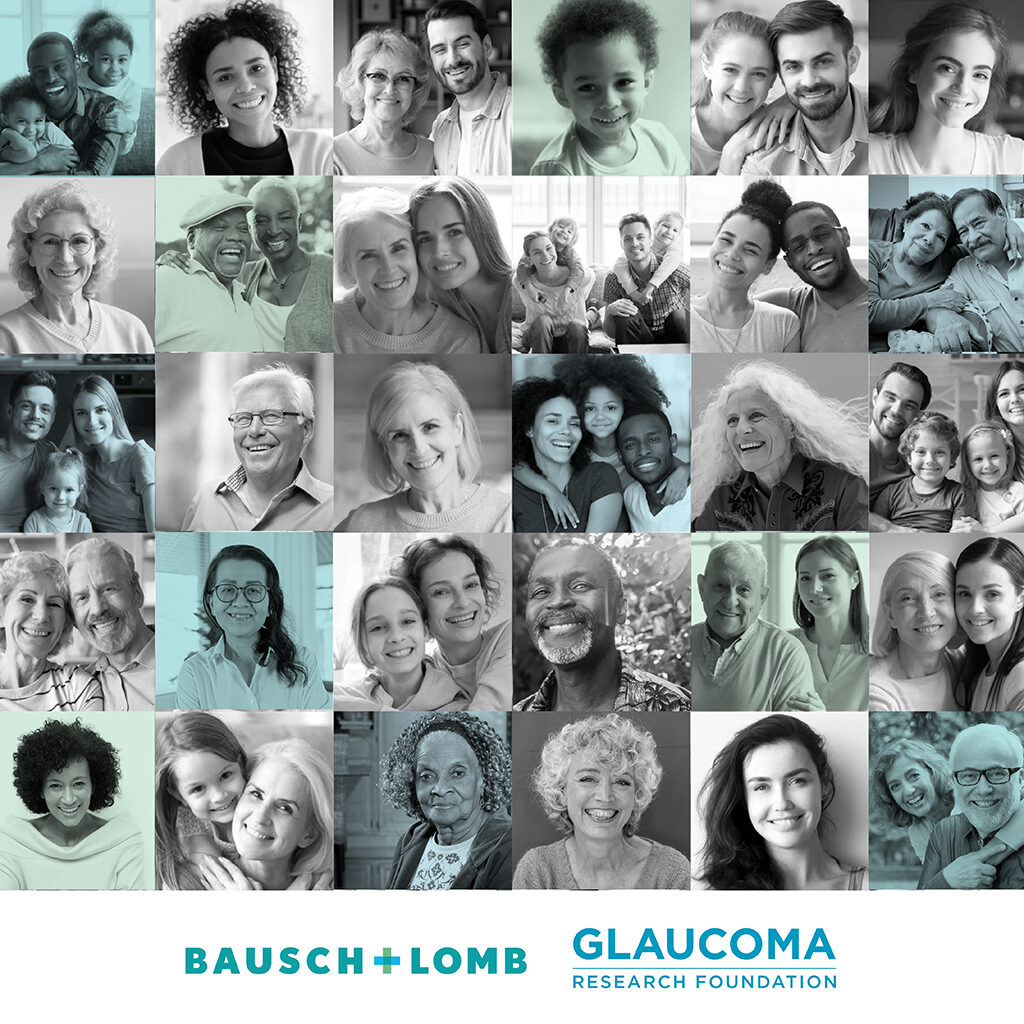As part of its latest push in its annual efforts surrounding glaucoma, Bausch + Lomb sought to go in a different direction.
To mark this year’s Glaucoma Awareness Month, the drugmaker and the Glaucoma Research Foundation launched the Faces of Glaucoma campaign.
Almost every initiative built around a disease awareness month faces the lingering challenge of how to make something fresh and different when it’s tied to an occasion that repeats annually.
To the mind of Andrew Stewart, president of global pharmaceuticals and international consumer at Bausch + Lomb, Faces of Glaucoma is an evolution, building on the eye health company’s earlier work in this space.
“In 2022, we released key findings from a survey of glaucoma patients designed to gain a better understanding of the impact of hyperemia in the treatment and lives of people with the sight-threatening disease,” he says. “Last year we focused on educating the public about glaucoma, promoting annual eye screenings and encouraging people to join the Glaucoma Research Foundation and fight for a cure.”
Continuing, Stewart adds that this year’s campaign is going to focus more on patient stories and bringing them to life so that patients can understand and identify with some of those examples.
Changing patient profile
Over the course of January, three different patients have been profiled on social media and the GRF’s website for Faces of Glaucoma. They were selected to represent some of the diversity of the glaucoma community.
Each participant had a personal message to other patients living with glaucoma.
For Trinh Green, for example, building a close relationship with her ophthalmologist has been a key part of her treatment plan — “this person will be by your side for many years,” she says.
The youngest person to be profiled in Faces of Glaucoma in Jaxson Hill, who is now 23 months old. He let his mother, Jasmyne Hill, do the talking for him.
“As parents, we know our children the best. When you know something is off, it’s time to go,” she says.
Jaxson’s role as a young face of glaucoma reflects a central focus of the Faces of Glaucoma campaign, dispelling the myth that glaucoma impacts only older patients.
While most of the 3 million Americans living with glaucoma are over 40 – in addition to rising rates of glaucoma among African American and Hispanic patients – people in all demographic groups are affected by the disease. Also of note, half of all glaucoma cases worldwide are undiagnosed.
“Jaxson was diagnosed with congenital glaucoma when he was only three months old, and while his parents certainly heard of glaucoma before he was diagnosed, they – like many others – only associated glaucoma with the elderly community,” Stewart says.
Tackling the silent thief of sight
Stewart often refers to the disease by its common nickname: “the silent thief of sight.”
He does so while explaining one of the key objectives of the campaign: to encourage annualized eye exams and prevent the unreversible damage that glaucoma can cause.
“Patients often wait until they have a visual disturbance before they see an eye care doctor, but prevention is a lot easier than remediation. As patients, whether it’s getting 10,000 steps or eating right, we certainly can benefit from making sure that we’re more proactive in the prevention of disease.”
Another key component of Bausch + Lomb’s work with the GRF’s work during Glaucoma Awareness Month is encouraging donations to the organization.

For the third year in a row, Bausch + Lomb is matching donations to the organization up to $20,000 while also amplifying the organization’s fund-raising initiatives. In 2023, the campaign raised almost $42,000 for the foundation.
Stewart explains that the core messages of the campaign are ones that Bausch + Lomb is committed to sharing even after January 31 has passed.
“The Face of Glaucoma campaign shows the diverse states of glaucoma patients and by sharing educational resources we are empowering individuals to take care of their eye health, educate themselves, and receive their annual eye exam,” he says. “Continuing to invest in R&D and understanding the patient journey will best serve us as we try to help arm our physicians in the treatment of disease and ultimately provide better outcomes to patients.”







